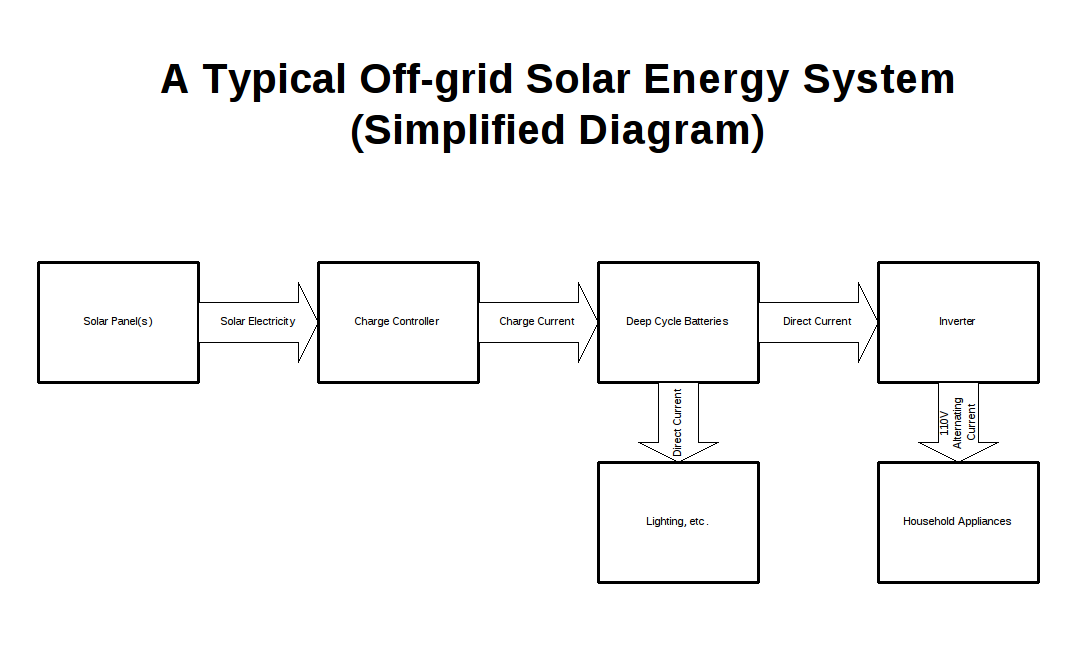To begin with: what is an off-grid solar energy system and what are its components? The main task of a solar energy system is to extract electricity from the sun and store it in batteries for later release when the sun has gone down.
The main difference between an off-grid and on-grid system is that while the off-grid system functions by itself, the on-grid system needs to be connected to the 110V available from the power company. The on-grid system will typically not have batteries and remains dependent on power from the utility company when the sun is not available.
Sunlight is converted to electricity by solar cells arranged together in a solar panel. This energy is then fed to batteries for storage and use when the sun is not available. When needed, during the day or at night, the electricity is then fed to a device called an inverter which converts it into a form usable by appliances.
Depending on the size of the solar array and the number and capacity of the batteries, a solar system can power an entire household. It can even provide electricity for a number of days without sunshine if the batteries are fully charged and have a large enough capacity.
Some appliances which can be powered by solar systems:
- Refrigerators
- TVs
- Computers
- Air conditioning units and swamp coolers
- Lights
- Induction stovetop cookers and hot plates
- Stereos
- Fans
Listed below, along with pictures, are some of the parts which make up a complete solar system.
A solar panel is shown here. Composed of a number of smaller solar cells arranged together under a thin sheet of glass, they range in size from a square foot to up to 5.5'x3.5'x2" thick. Weighing up to 50lb, each panel can provide up to about 350W of electricity. They last up to 25 years with only minor loss of output. Two outputs are provided: a positive and a negative cable. Solar panels are typically the most reliable part of a solar system. They typically are mounted on the roof of houses or RVs; sometimes they are placed on the ground so as to be movable to track the sun and provide more energy.
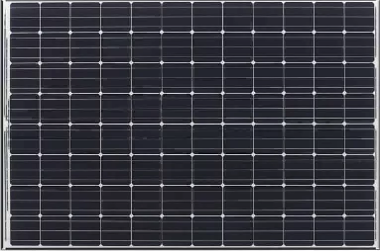
A (smaller) lead acid battery. Batteries are used to store the energy captured by solar panels during the day and releasing it at night. This one is relatively small and weighs about 25lb. They range in weight up to hundreds of pounds, depending on capacity. Batteries come in several varieties, all differing in capabilities. There are car batteries, unsuitable for solar use; float batteries, used to power computer systems and the like during brief, seldom occurring power outages; and solar deep cycle batteries which are meant to be discharged and recharged daily.
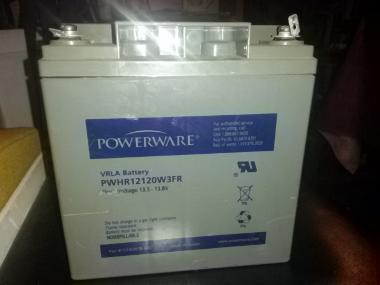
A solar charge controller. It connects the solar panel(s) to the batteries. Its purpose is to transfer the energy generated by solar panels to batteries to be charged. There are, therefore input connectors from the panel(s) and outputs to the batteries. There are several basic types of charge controllers. The main ones are MPPT controllers and PWM controllers with the MPPT units being considered as superior due to their greater efficiency in extracting energy from solar panels.
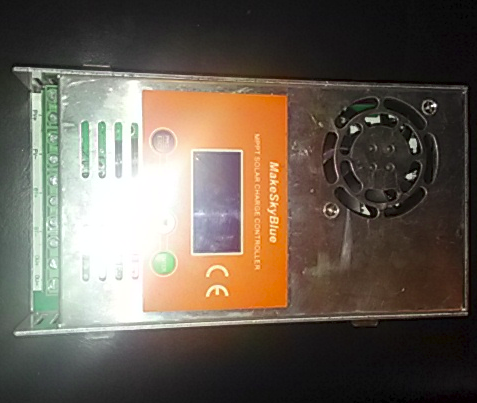
An inverter. Used to convert the stored energy of a bank of batteries into a form which can be used by household appliances such as TVs, fridges, computers and the like. They are rated by the wattage they can output and the input voltage. Inverters come in several varieties with the higher end ones offering a smoother AC output - they are called "pure sine inverters." The red and black cables shown are used to connect the inverter to the batteries.
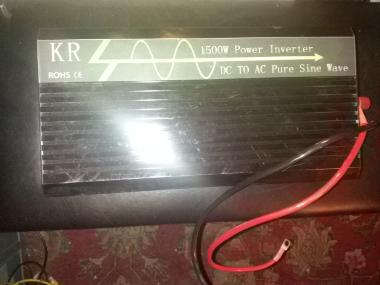
To put it all together, here is a rudimentary block diagram of a complete off-grid solar energy system.
